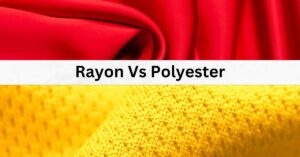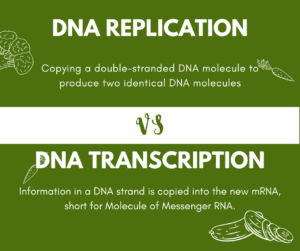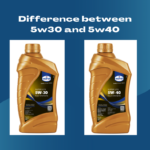Minor skin cuts and infections usually heal themselves without any treatment. However, antibiotics can help some wounds heal faster by slowing down or stopping bacterial growth. It is a great help for people with an immune disorder or low immunity.
Polysporin and Neosporin are the first lines of treatment used to treat minor cuts and skin infections. According to WebMD, both Polysporin and Neosporin are antibiotic creams that help stop bacterial growth in wounds or cuts on the skin and allow it to heal faster.
Both medications work best for small or minor cuts, burns, and scrapes. You can easily find them over the counter without any prescription. However, it would help if you discussed it with your doctor. Despite their similarities, both Polysporin and Neosporin come with some significant differences that might change your mind and make you think about which one to choose.
What is Polysporin?
Polysporin is a topical cream or ointment used for treating small scrapes, burns, cuts, and wounds. It comprises a combination of two antibiotics, bacitracin and polymyxin B. These antibiotics have different acting mechanisms and target other bacteria groups.
The Bacitracin in Polysporin includes a wide combination of polypeptides that prevents the bacteria from creating a cell wall and binding with the DNA. However, it is only effective against gram-positive bacteria but ineffective with gram-negative bacteria. This is why Polysporin combines bacitracin with Polymyxin B.
Polymyxin B is an antibiotic that inhibits the growth of gram-negative bacteria by disrupting the outer cell membrane of Gram-negative bacteria.
What is Neosporin?
Neosporin skin ointment is a combination of antibiotic medicine to treat various bacterial skin infections. Besides treating minor cuts, scrapes, burns, and wounds, it also minimizes the symptoms of skin infections such as swelling, redness, itching, etc.
It inhibits the synthesis of protein necessary for the survival of the infection-causing microorganisms. Like Polysporin, Neosporin also includes the combination of Bacitracin and Polymyxin B, but it also contains one more antibiotic, “neomycin.”
Neomycin is an aminoglycoside offering a broad spectrum of activity against both gram-positive and gram-negative bacteria.
Neosporin is considered more powerful and effective with the triple combination of antibiotics. Besides treating mild cuts and wounds, Neosporin is also helpful in boils, impetigo, and infected hair follicles.
Difference between Polysporin and Neosporin
| Factors | Polysporin | Neosporin |
| Used for | Minor cuts, scrapes or burns. It cannot be used for serious skin infections, deep cuts or wounds. | Neosporin is used for minor scrapes, cuts or burns. It also helps relieve symptoms of infection like swelling, itching, redness, etc. It can also help in treating deeper wounds or cuts (must take doctor’s advice before using). |
| Available dosage forms | Available in ointment, powder and cream. The ointment has more concentration but greasy. The cream helps in spreading the medicine efficiently across a large area. Powder is good for keeping the dry. | Neosporin is available in ointment, foam and spray. Both are equally effective, but spray and foam gives a better coverage and ideal for large areas. Ointment, on the other hands, contains more concentration of antibiotics, allowing you to target smaller areas. |
| Side-effects | Side effects include itching, minimal, swelling, blistered skin, etc. | Side effects include itching, rash, and minor skin irritation, etc. |
| Allergy | Polysporin are less likely to create an allergy reaction. | The neomycin in Neosporin can cause allergic contact dermatitis. Applying Neosporin to a biopsy site, surgical area or abrasion can develop redness, itchiness or redness. |
Which is better? Neosporin or Polysporin
Neomycin in Neosporin is the most common Allergen that was named the Allergen of the year in 2010. It makes the skin more sensitive to allergens. The more you use Neosporin, the more you will have the chance to develop an allergy. Experts say, even if you don’t have any allergies now, they can develop late in life with continuous use of Neosporin. For this reason, doctors always recommend Polysporin to their patients.







